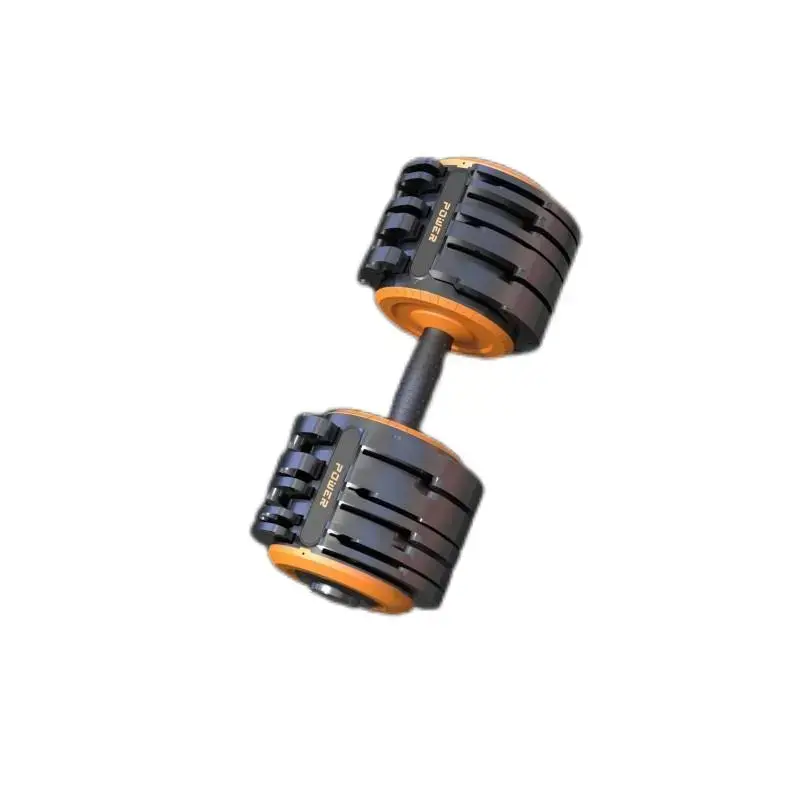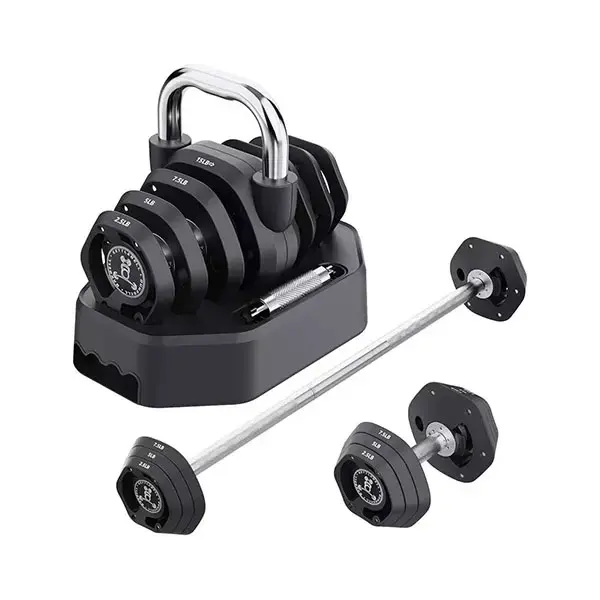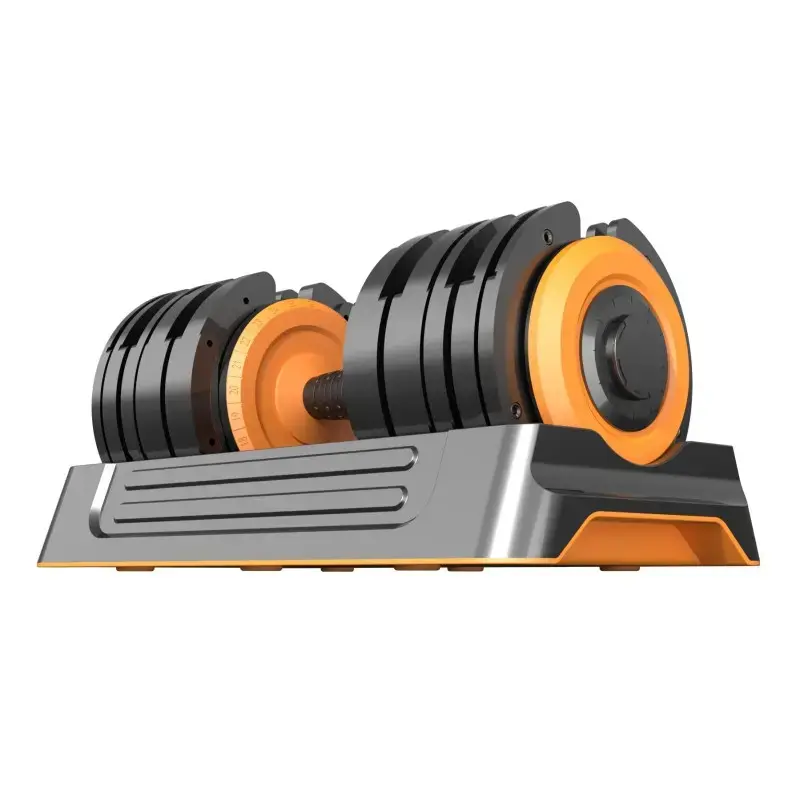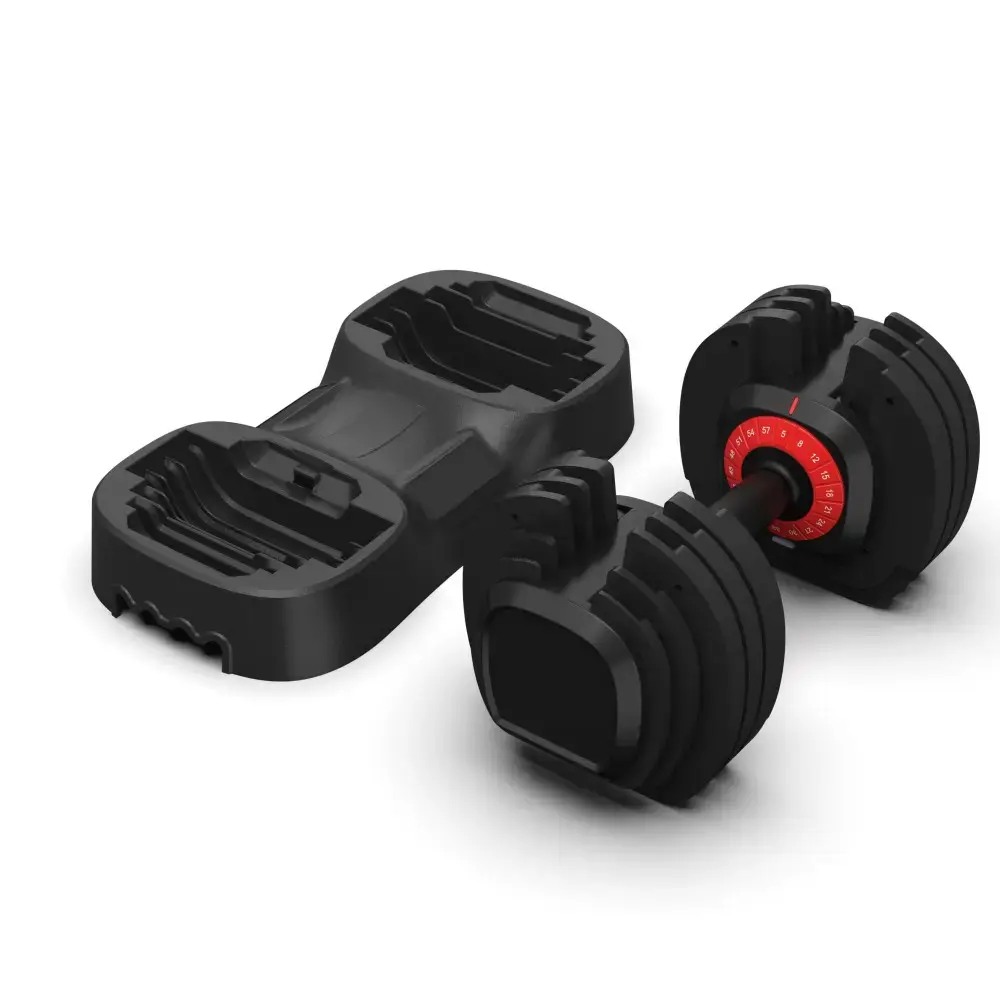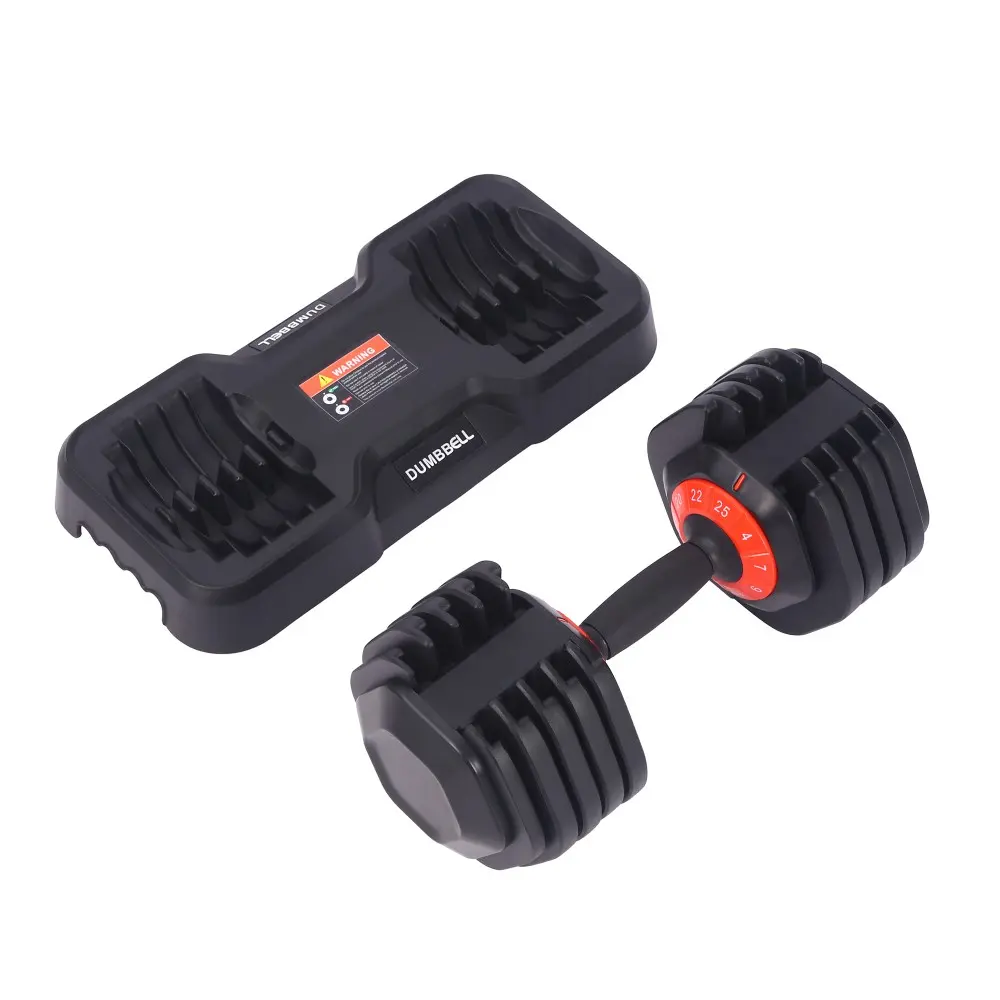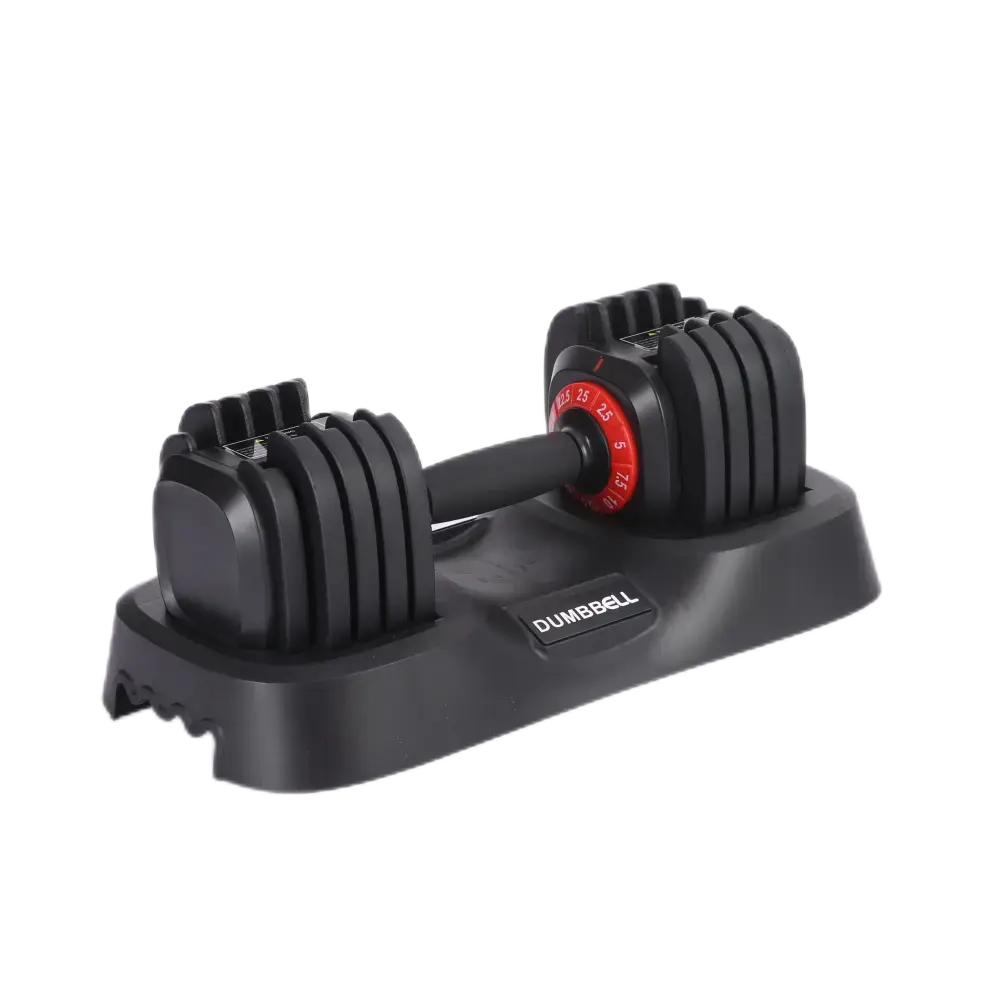2025 Dumbbell International Market Analysis
2025 Dumbbell International Market Analysis
Against the backdrop of rising global health awareness and the continued spread of fitness crazes, dumbbells, as a basic and effective fitness equipment, are showing remarkable growth in the international market. In 2025, the dumbbell market will exhibit unique patterns and trends, influenced by a variety of factors.
I. Market Size and Growth Trends
In recent years, the global dumbbell market has shown steady growth. According to relevant market research data, the dumbbell market has achieved a compound annual growth rate of [X]% over the past five years. The dumbbell (including barbell) market is expected to reach US$3.5 billion by 2035, with a compound annual growth rate (CAGR) of 6.5% from 2025 to 2035. This growth trend is driven by a combination of factors.
Rising health awareness is undoubtedly one of the key drivers. As people increasingly prioritize their physical health, more and more people are incorporating fitness into their daily lives. Dumbbells, due to their ease of use, location flexibility, and versatile training options, have become the preferred equipment for many fitness enthusiasts. Whether creating a personal gym at home or working out in a professional gym, dumbbells occupy a prominent position.
At the same time, the rise of online channels has significantly boosted the dumbbell market. Cross-border e-commerce platforms such as Amazon and eBay, as well as social media platforms like Instagram and TikTok, have opened up new and expansive avenues for dumbbell sales. Consumers can easily access information on various dumbbell products, compare prices, and complete purchases through these platforms. By 2025, the proportion of online dumbbell sales will continue to rise, significantly outpacing traditional offline sales channels.

II. Regional Market Analysis
(I) European and American Markets: Main Consumers, Diverse Demand
As core markets for dumbbell consumption, Europe and the United States hold a dominant position in the global dumbbell market. For example, the United States, with its mature fitness culture and large, high-income population, has become the world's largest single market for dumbbells. American consumers have high expectations for the quality, functionality, and brand of fitness equipment and seek a diverse selection of products. Not only do professional fitness enthusiasts have a persistent demand for high-quality, high-performance dumbbells, but ordinary home consumers are also keen to equip their homes with dumbbells that suit their workout needs.
In Europe, the dumbbell market in countries like Germany, the UK, and France is also experiencing strong growth. Consumers' pursuit of a healthy lifestyle and their high appreciation for the quality and design of fitness products have driven annual increases in dumbbell sales. For example, in Germany, the dumbbell market has seen an annual growth rate of approximately 15%, exceeding hundreds of millions of dollars in market value. European consumers are also highly environmentally conscious and pay close attention to the eco-friendly materials and production processes used in dumbbell products.
(II) Asia-Pacific Market: Rapid Growth and Huge Potential
The Asia-Pacific region is one of the fastest-growing regions for the dumbbell market. With the economic development and rising living standards of countries like China, Japan, and South Korea, people are becoming more health-conscious, leading to explosive growth in demand for fitness equipment. The Chinese market is particularly noteworthy. By 2025, the Chinese smart dumbbell market is expected to reach US$2 billion, with a compound annual growth rate of approximately 10%. Chinese consumers, particularly in first-tier cities and economically developed coastal areas, are highly receptive to dumbbells. Furthermore, the rapid development of online sales channels in the Chinese market has provided ample room for dumbbell sales. The Japanese and Korean markets place a premium on innovation and design in dumbbell products, with consumers willing to pay a premium for unique designs and advanced features.
(III) Emerging Markets: Emerging Demand Emerges, Promising Prospects
Emerging markets such as Southeast Asia, the Middle East, and South America, while currently holding a relatively small share of the global dumbbell market, hold enormous growth potential. With the economic development, accelerated urbanization, and growing popularity of healthy living in these regions, more and more consumers are becoming interested in fitness, and demand for basic fitness equipment such as dumbbells has also emerged. Consumers in these markets prioritize value for money and are more price-sensitive.
III. Consumer Demand Analysis
(I) Diversified Product Functionality
Consumers' functional demands for dumbbells are no longer limited to traditional weight training. On the one hand, the emergence of smart dumbbells addresses consumers' desire for a more technologically advanced and personalized fitness experience. These products can track exercise data in real time, such as the number of exercises, intensity, and calories burned, and provide users with professional fitness guidance and personalized training plans through accompanying mobile apps. Modular dumbbell designs with Adjustable Weights are also gaining popularity. Users can easily adjust the weight to suit their workout needs, adapting to varying needs from light warm-ups to high-intensity training, significantly enhancing the flexibility and applicability of dumbbells.
(II) Product Quality and Safety are Valued
Both fitness professionals and ordinary consumers place a high priority on dumbbell quality and safety in their purchasing decisions. Consumers expect their dumbbells to be durable, structurally stable, and non-slip, ensuring they will not break or fall off during use, thus safeguarding their personal safety.
(III) Environmental Awareness Influences Product Choice
With growing global environmental awareness, more and more consumers are concerned about whether the materials used in dumbbells are environmentally friendly and whether the production process meets environmental standards. Dumbbells made with recyclable materials and low-pollution processes are more likely to gain consumer recognition and favor. This, in turn, is prompting dumbbell manufacturers to prioritize environmental considerations during product development and production.
IV. Competitive Landscape Analysis
The competitive landscape in the international dumbbell market is becoming increasingly diversified. Internationally renowned brands such as PowerBlock and Bowflex dominate the high-end market with their advanced technological R&D capabilities, superior product quality, and extensive brand influence. These brands continuously launch innovative products, such as dumbbells with integrated smart features and high-end products using innovative materials and designs, to meet the ultimate demands of high-end consumers for quality and functionality.
Chinese domestic brands, on the other hand, have carved out a niche in the mid- and low-end markets thanks to their strong supply chain advantages, high cost-performance ratios, and rapid market responsiveness. Many Chinese companies reduce costs through large-scale production while focusing on improving product quality and optimizing product features to meet the needs of consumers in different regions and at different levels of consumption. Furthermore, the rise of cross-border e-commerce has further intensified competition in the dumbbell market. Numerous small and medium-sized brands and sellers are selling their products directly to consumers around the world through e-commerce platforms, competing for market share through differentiated product selection, precise marketing strategies, and efficient logistics and delivery.
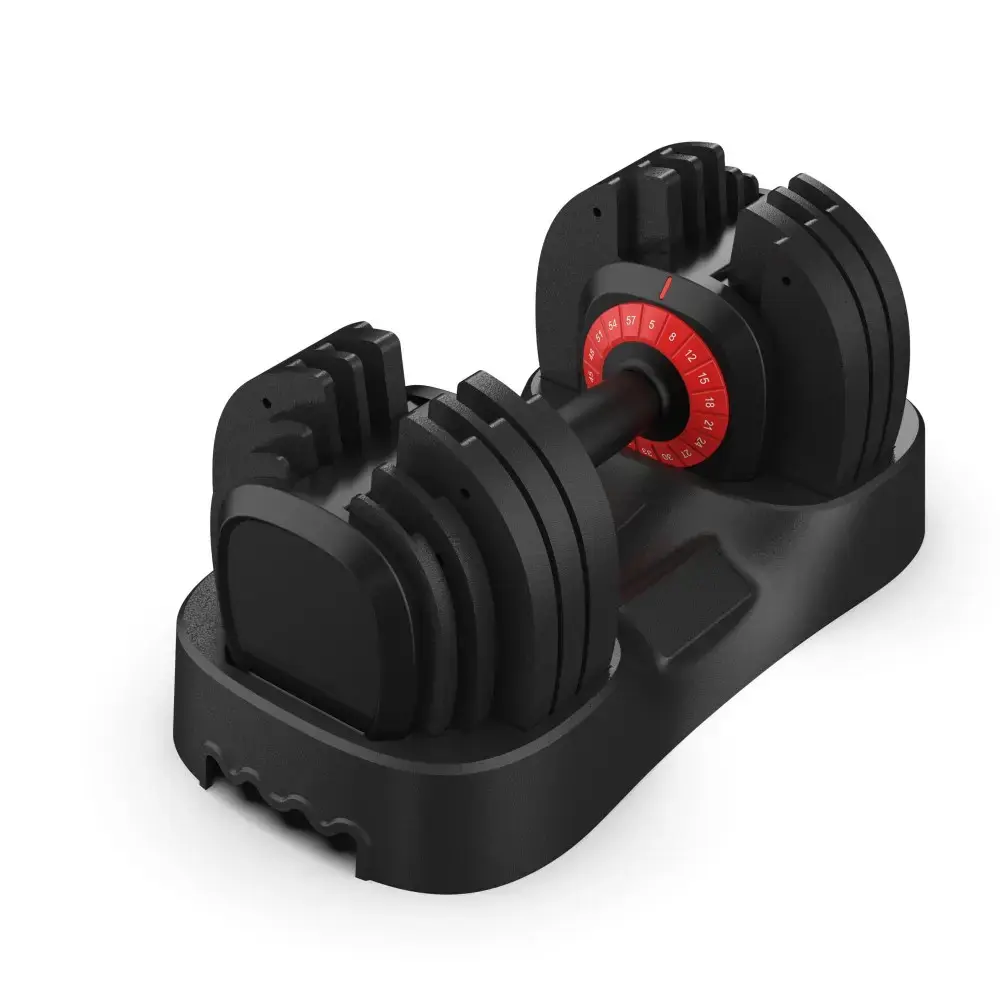
V. Future Development Trends
(I) Continued Advancement of Intelligence
In the future, the trend toward intelligent dumbbells will continue and deepen. Smart dumbbells will go beyond simply tracking exercise data and providing fitness guidance. They may also integrate with virtual reality (VR) and augmented reality (AR) technologies to create a more immersive and engaging fitness experience. For example, users can wear VR devices to interact with virtual trainers in a virtual fitness environment or participate in multiplayer online fitness competitions.
(II) Personalized Customization Services
With increasing consumer demand for personalization, dumbbell manufacturers will prioritize providing personalized customization services. Consumers can customize their own dumbbells based on their physical condition, fitness goals, and usage habits, including weight, material, color, and design. This personalized service will help increase consumer satisfaction and product loyalty.
(III) Environmental Protection and Sustainable Development
The concepts of environmental protection and sustainable development will be more widely implemented in the dumbbell industry. Companies will increase investment in the research and development and application of environmentally friendly materials, using biodegradable and recyclable materials to manufacture dumbbells. At the same time, they will optimize production processes to reduce energy consumption and waste emissions, achieving green and sustainable development throughout the entire production process. (IV) Cross-industry Integration and Innovation
The dumbbell industry will engage in more cross-industry integration and innovation with other industries. For example, it will collaborate with the medical rehabilitation industry to develop dumbbell products with rehabilitation training functions, helping patients recovering from surgery and sports injuries. It will also collaborate with the education industry to incorporate dumbbells into school physical education curriculums, cultivating students' fitness awareness and exercise habits. Through cross-industry integration, the application areas and market space for dumbbell products will be expanded.


